The Basics
The basic building block (device) for the Home Automation & Security system are electronic modules comprising identical communication and logic circuits and various sensors / actuators...
Registering a Module
On power up, modules first build a list of other active module recording their ID, type and signal strength. They then try to contact the main controller module to register their presence, type and status...
Extending communication
If a newly activated module fails to make contact with the main controller, it will request another module relays its request starting with the module having the highest signal strength and looping through the list until successful...
if successful, they will register the ID of the successful relay module for later use, however, if unsuccessful, they will switch to autonomous mode.
Autonomous
Modules operating autonomously can still communicate with other available module, for example, should a module want to trigger an alarm event and has a record of an Sounder Module in its list of available module, it will send the activation to that Sounder Module thereby conserving its battery by not using it's own sounder...
The right Module for the Job
Although alarm sensor modules have a built in sounder, it is only intended as a fall back device as it would greatly reduce the module batter life... A far better solution would be to signal an available Sounder Module as they are normally connected to the main or have a heavier duty battery...
Modules operating autonomously will also try to contact the main control module on a regular basis...
 Michael O'Toole
Michael O'Toole

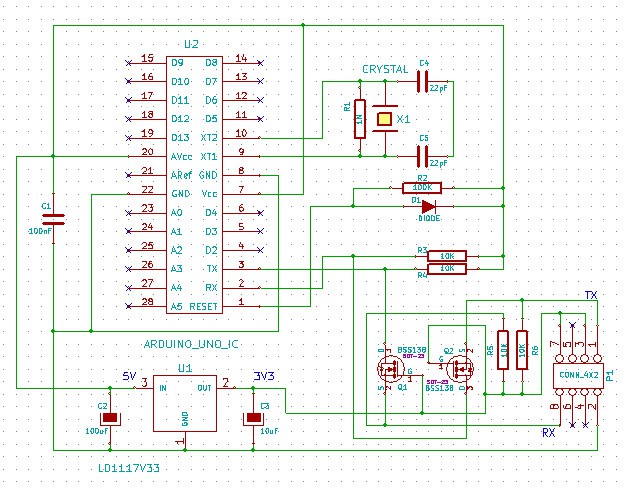

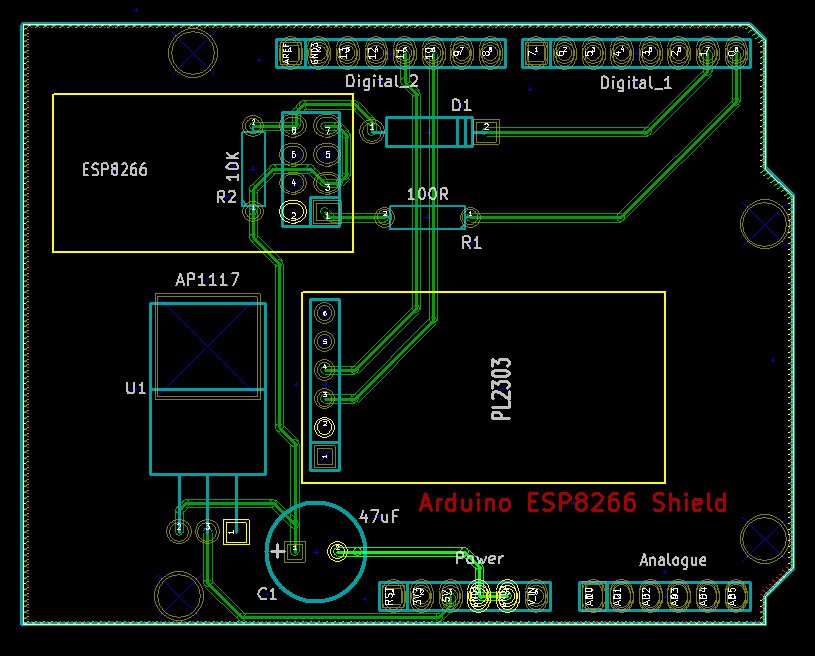
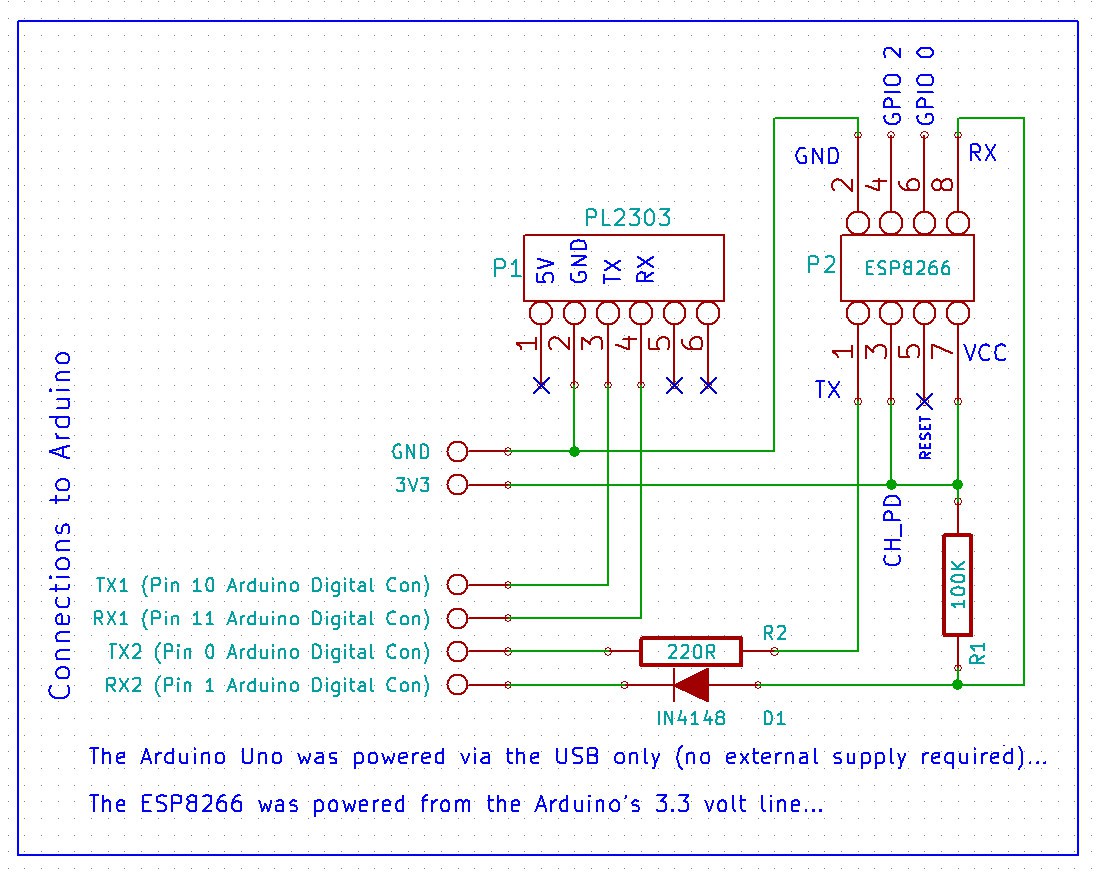
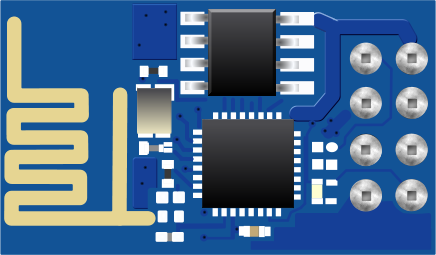




 AVR
AVR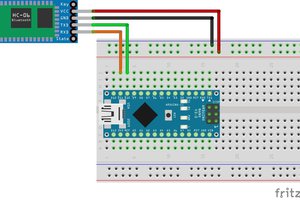
 Silícios Lab
Silícios Lab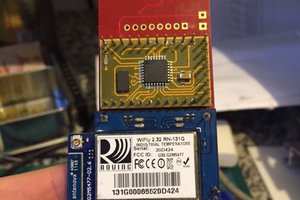
 E. N. Hering
E. N. Hering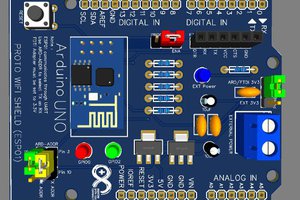
 Mrinnovative
Mrinnovative
New to the site and I'm still finding my way around ;)